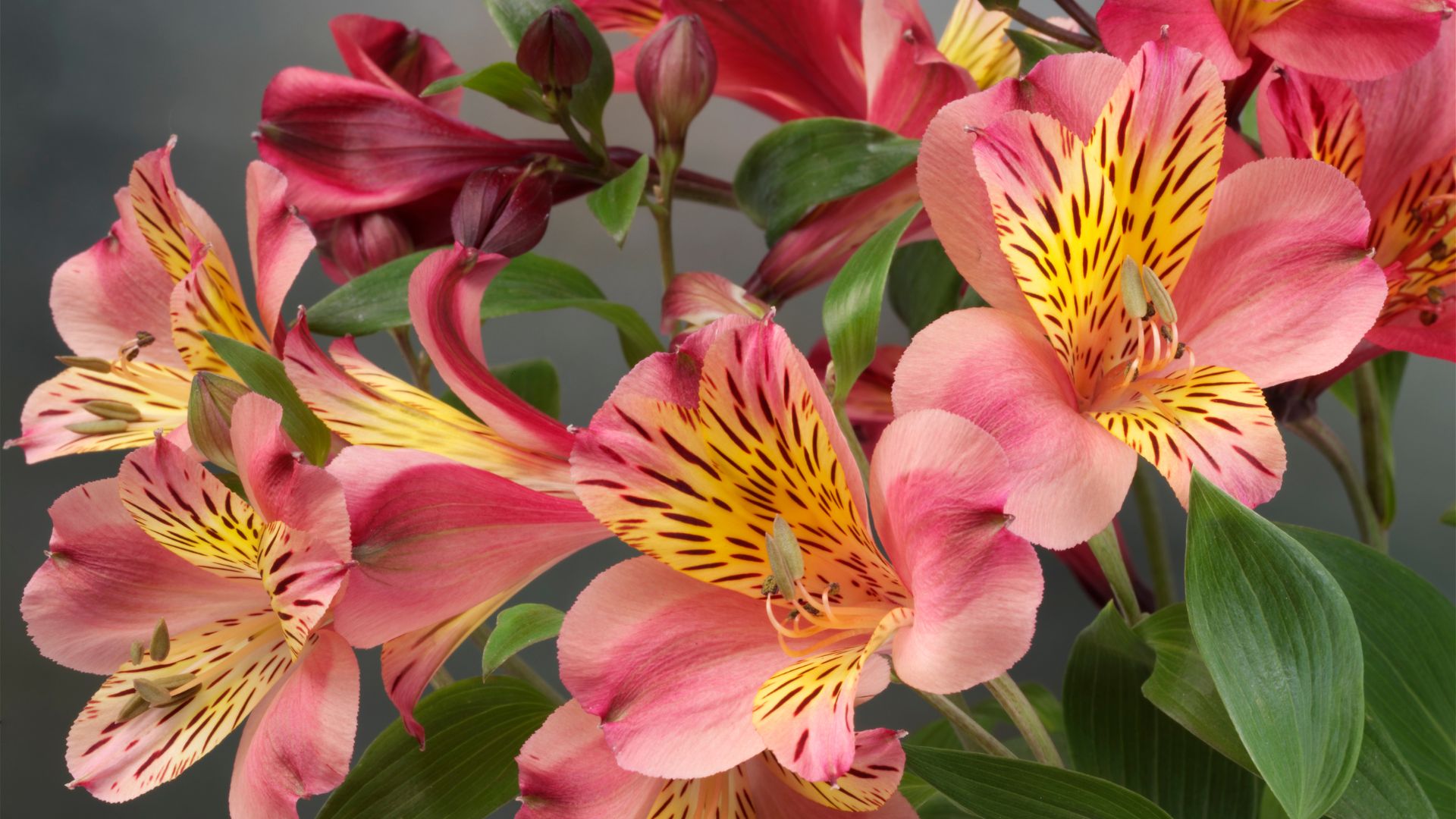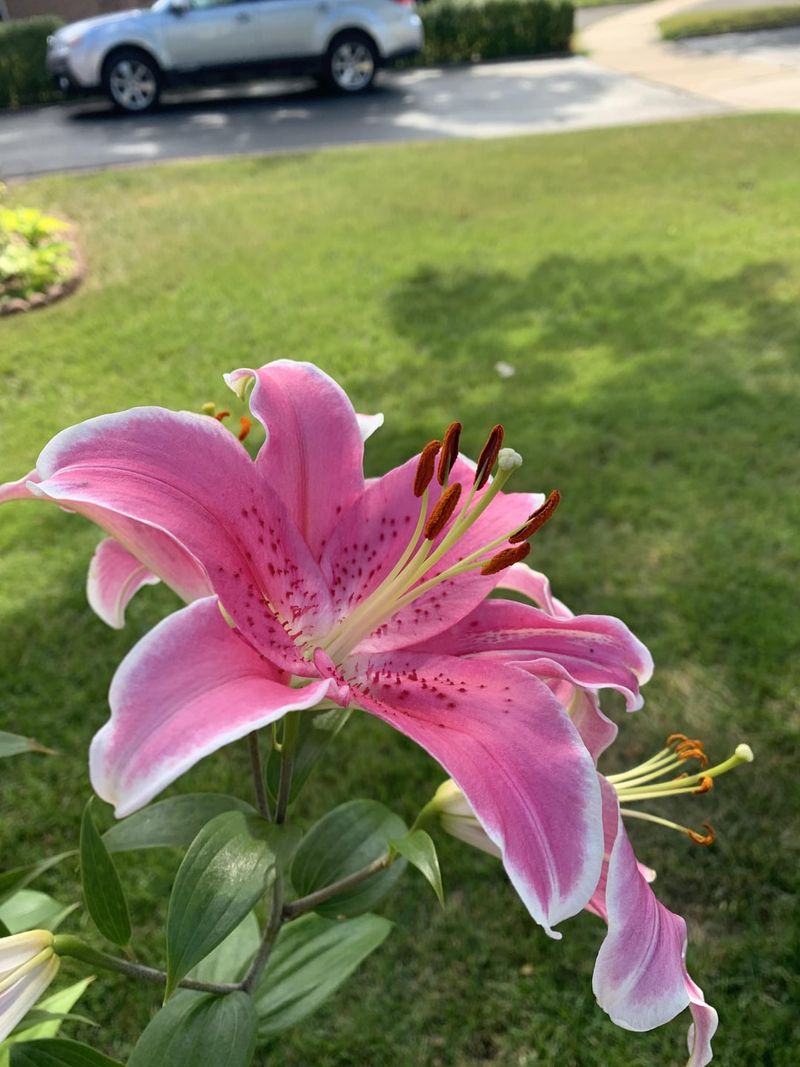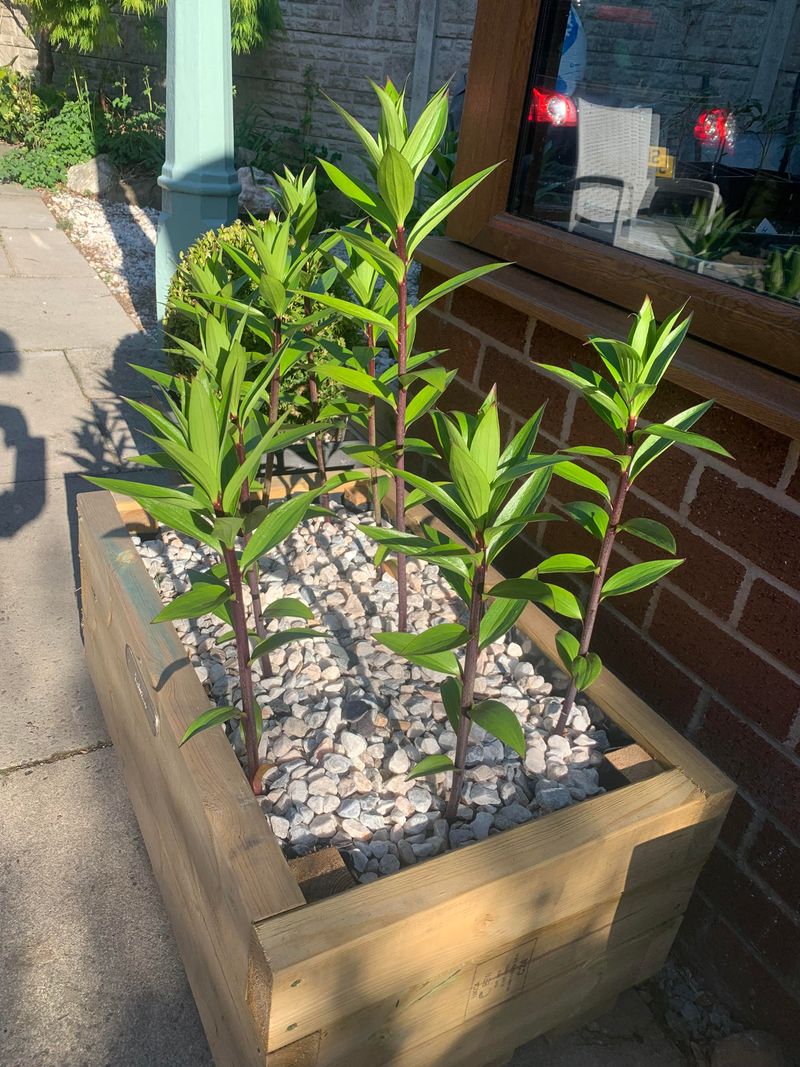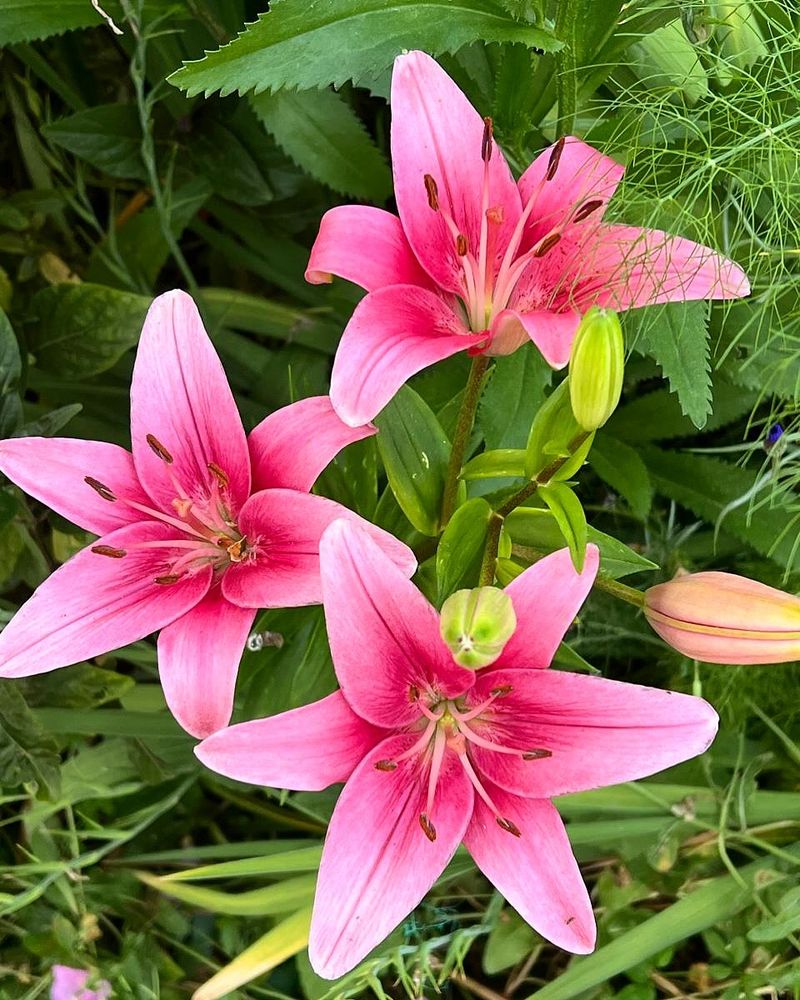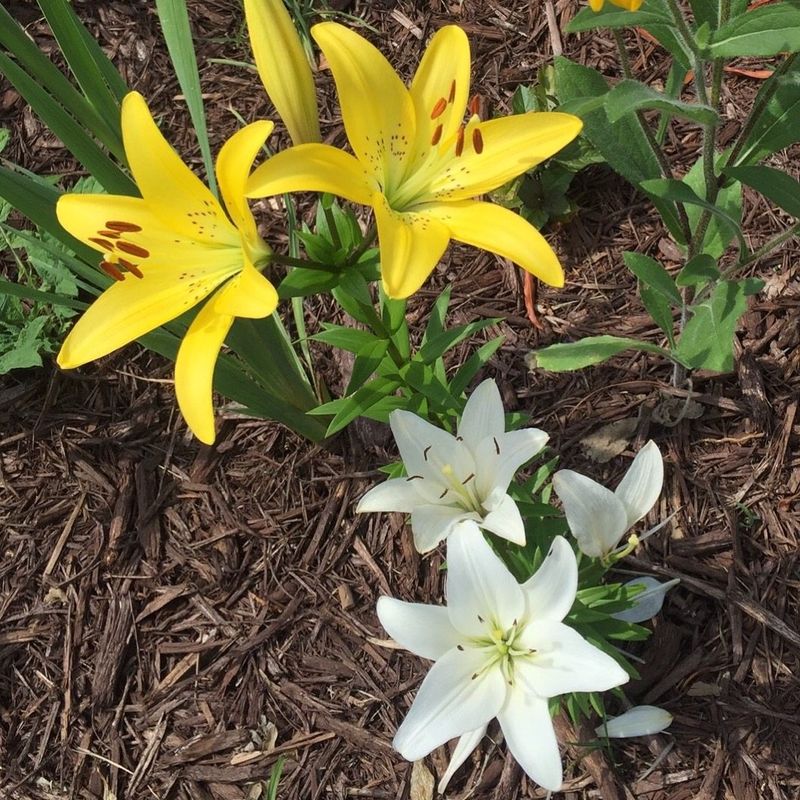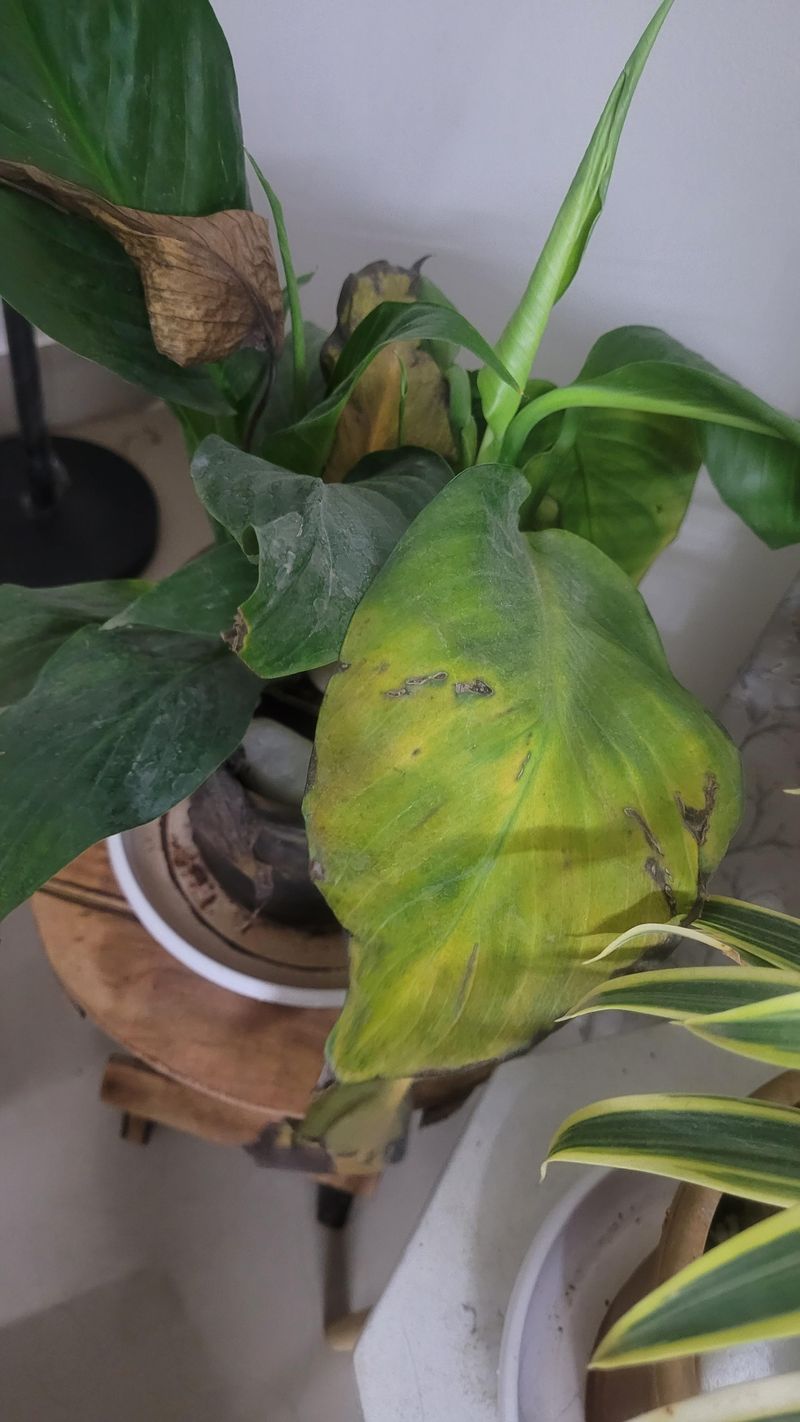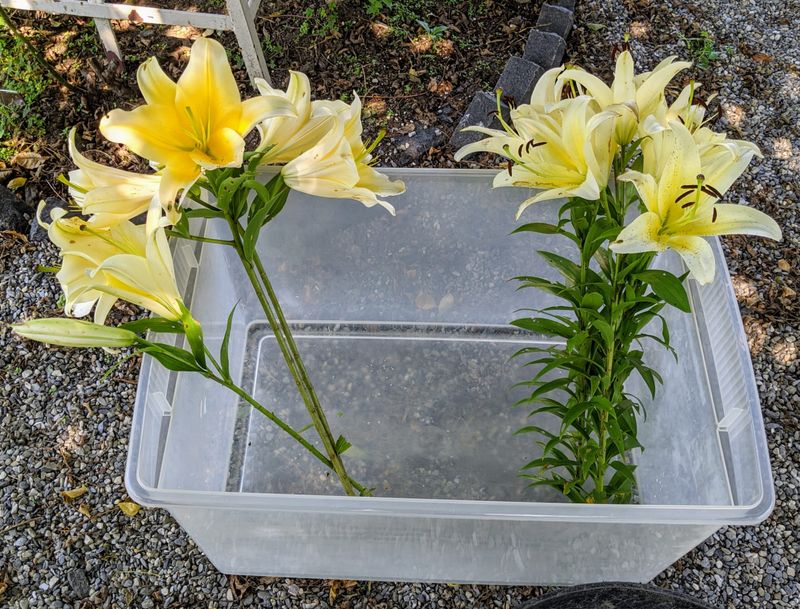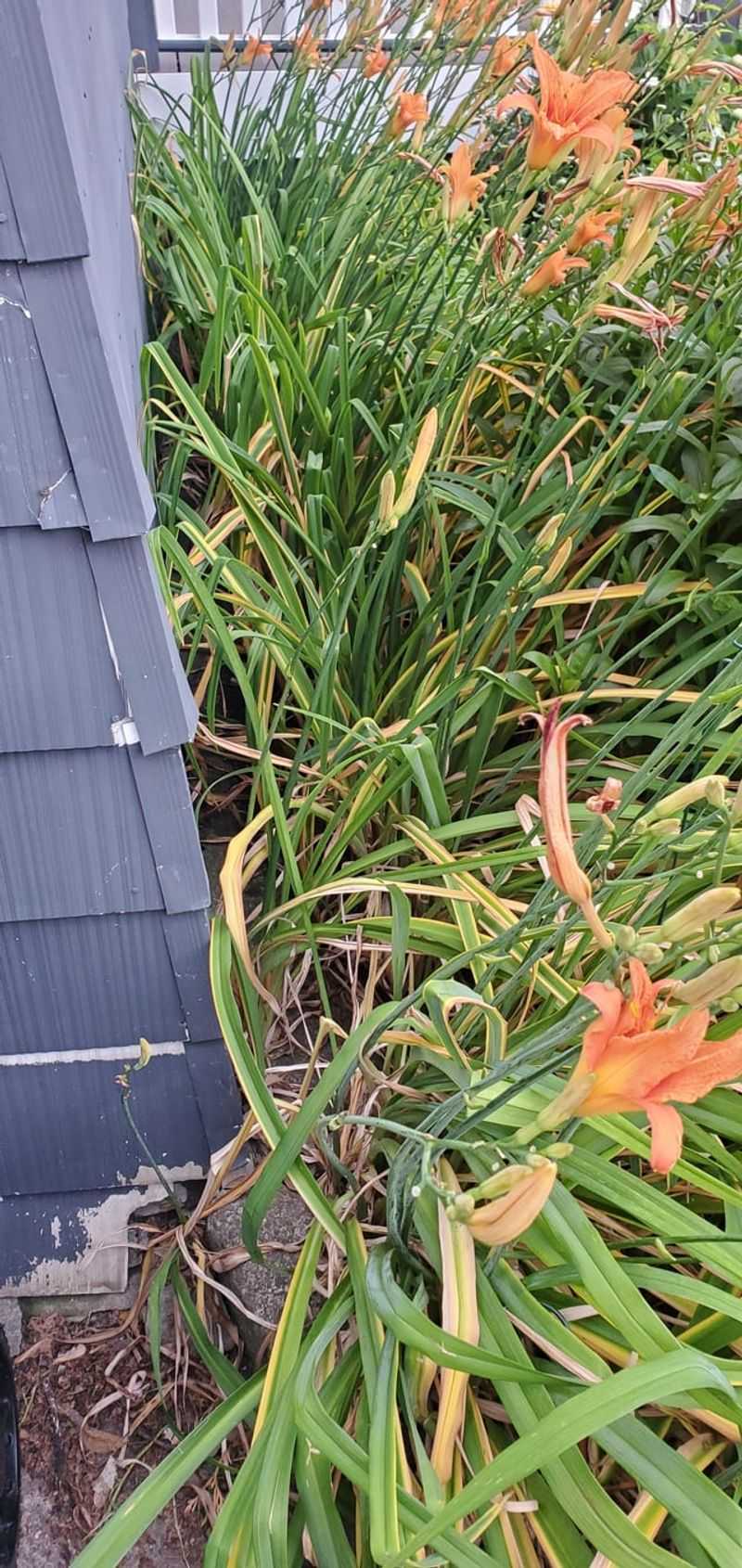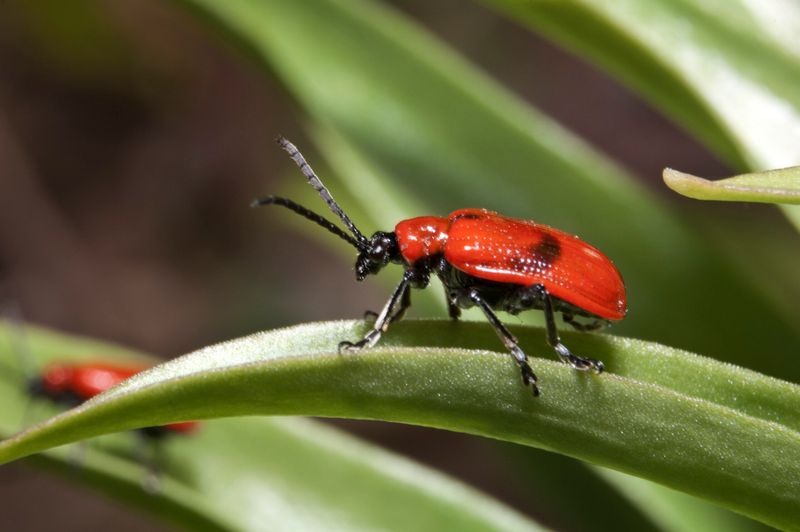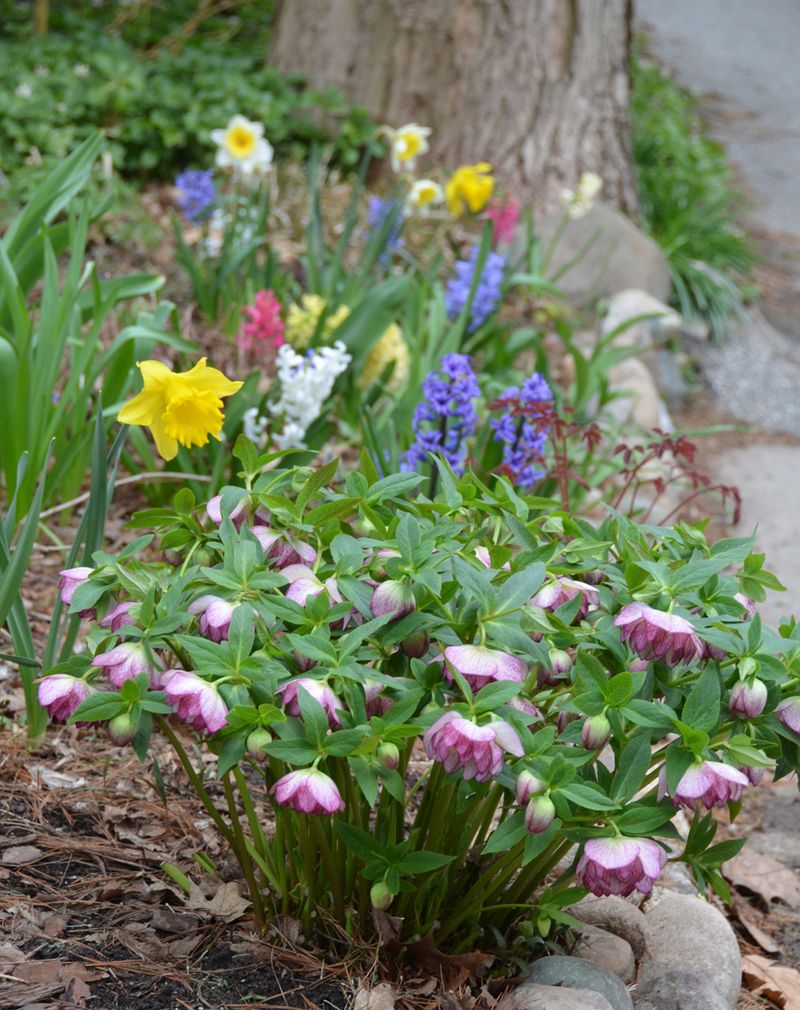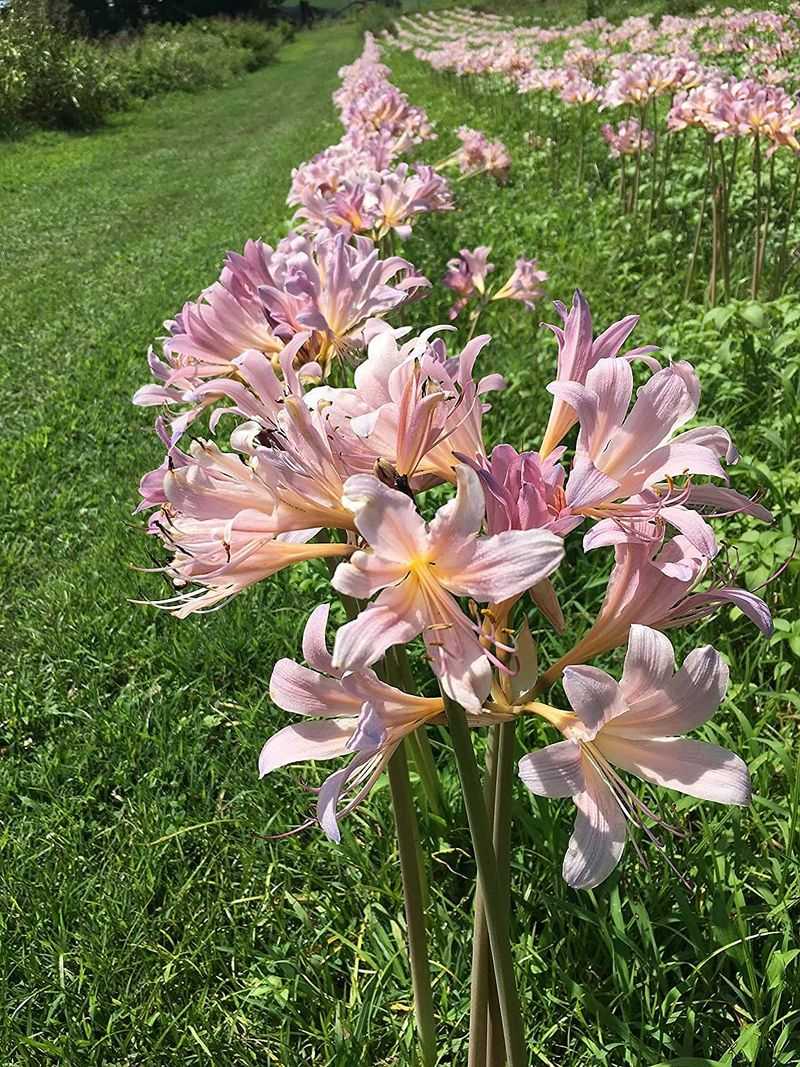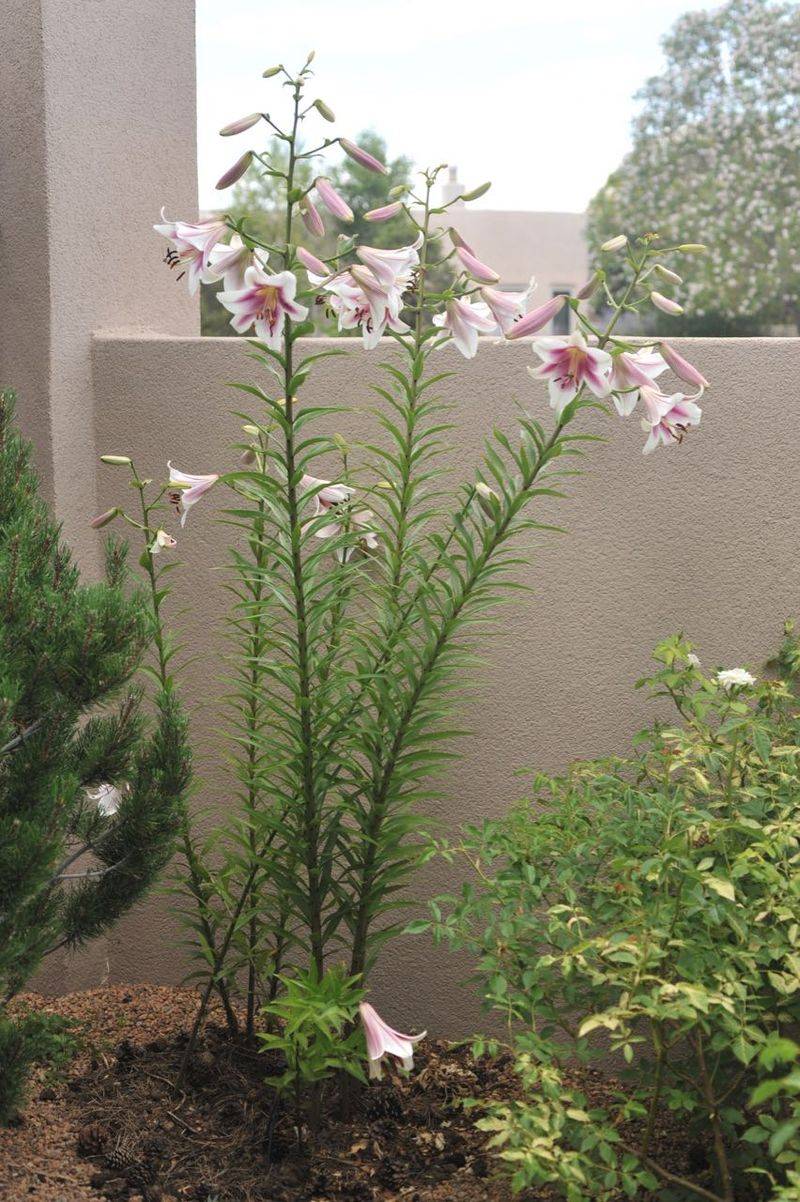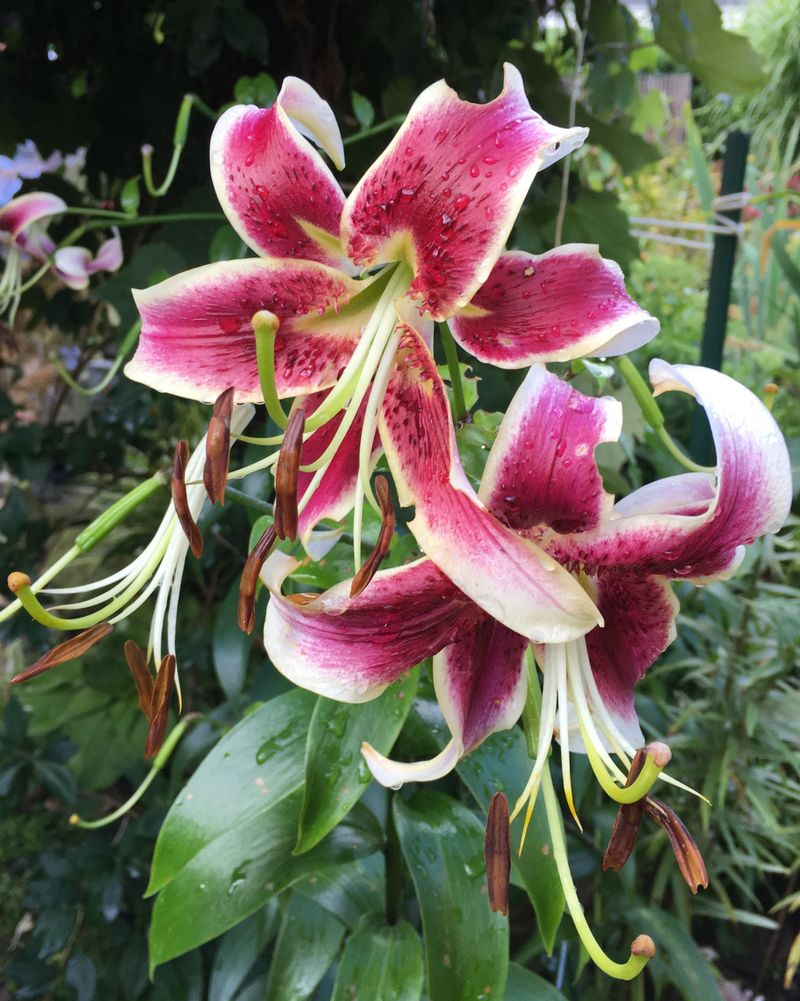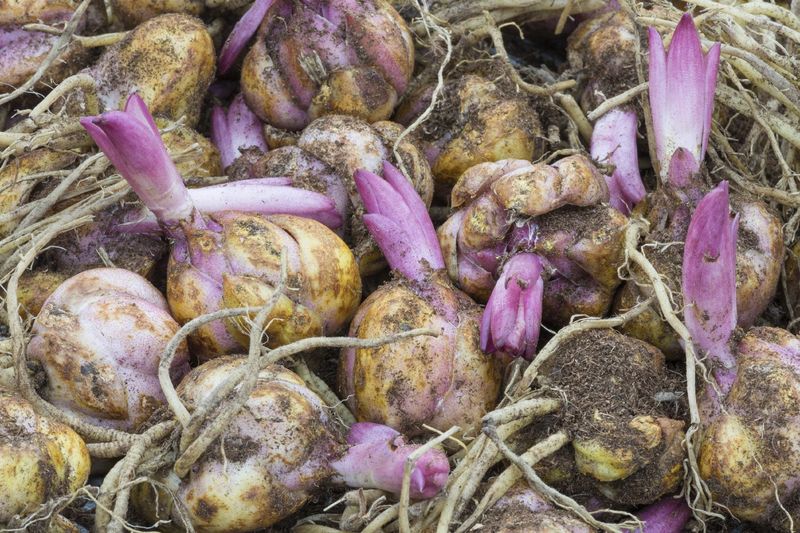Lilies can turn any garden into a showstopper—fragrant, elegant, and striking in bloom. But their beauty comes with a learning curve, and simple missteps can keep them from reaching their full potential. Knowing what not to do is half the battle when growing these stunners.
One common mistake is planting them too deep or in soggy soil. Lilies need good drainage and just enough depth to support sturdy stems. Overwatering or heavy clay can cause rot fast, so raised beds or amended soil give them a better chance to thrive. Another slip-up? Ignoring their sunlight needs.
While some varieties can handle partial shade, most crave full sun to bloom at their best. With the right care and attention, your lilies won’t just survive—they’ll come back each year stronger and more spectacular.
1. Planting In Waterlogged Soil
Lilies absolutely despise having wet feet. Soggy soil quickly leads to bulb rot, killing your plants before they have a chance to bloom.
Good drainage is non-negotiable for these beauties. If your garden has heavy clay soil, consider creating raised beds or mixing in plenty of organic matter to improve drainage.
When planting, I’ve found that adding a layer of gravel beneath each bulb works wonders in areas prone to standing water. This simple trick has saved countless lily bulbs in my own garden.
2. Ignoring Sunlight Requirements
Tucking lilies into shady corners guarantees disappointment. These sun-lovers need at least 6 hours of direct light daily to produce their magnificent blooms.
Without adequate sunshine, stems grow weak and leggy, toppling over when flowers appear. The blooms themselves will be smaller and less vibrant in insufficient light.
Monitor your garden throughout the day before planting. That perfect spot might look sunny during your morning coffee but could be shaded by trees or buildings later. My east-facing lily bed outperforms the northern one every season.
3. Overcrowding Bulbs
Cramming too many lily bulbs into a small space creates competition for nutrients and stunts growth. Each plant needs room to develop a strong root system and proper air circulation.
Most lilies should be spaced 8-12 inches apart, depending on the variety. Asiatic lilies can be planted closer together than the massive Oriental types.
Years ago, I planted an entire bag of lily bulbs in one small area. The result? Spindly stems, tiny flowers, and increased disease problems. Now I respect their space requirements and enjoy much healthier plants.
4. Shallow Planting
Barely covering lily bulbs is a rookie mistake that leads to unstable plants. Proper depth matters tremendously for these top-heavy bloomers.
Most lily varieties need to be planted 4-6 inches deep, measured from the top of the bulb. This depth protects the bulb from temperature fluctuations and provides stability for tall stems.
Deeper planting also encourages stem roots to form above the bulb, creating a stronger foundation. After watching several shallow-planted lilies topple during a summer storm, I never skimp on digging depth anymore.
5. Forgetting To Stake Tall Varieties
Tall lily varieties can reach impressive heights of 4-6 feet, making them vulnerable to summer storms and strong winds. Without support, these magnificent blooms often end up face-down in the mud.
Place stakes at planting time to avoid damaging bulbs and roots later. Bamboo stakes or metal supports work well when positioned carefully behind developing stems.
Last summer, my neighbor’s unstaked Oriental lilies collapsed after a thunderstorm, while my supported plants stood tall. The simple addition of stakes meant I enjoyed weeks more of spectacular flowers.
6. Improper Watering Techniques
Spraying lily foliage with water invites disease and petal damage. Water droplets act like magnifying glasses in sunlight, potentially scorching leaves and flowers.
Always water at soil level, directing moisture to the roots where it’s needed. A soaker hose or drip irrigation system works perfectly for lilies, keeping foliage dry while providing consistent moisture.
Morning watering gives any accidental splashes time to dry before evening. Since switching to this approach, fungal problems have virtually disappeared from my lily collection.
7. Neglecting Soil Preparation
Tossing lily bulbs into unprepared soil sets them up for failure. These hungry plants need rich, well-draining soil to fuel their spectacular blooms.
Before planting, incorporate plenty of compost or well-rotted manure to improve soil structure and fertility. Avoid fresh manure, which can burn tender roots and bulbs.
Adding a handful of bone meal to each planting hole promotes strong root development. My garden journal confirms that beds prepared with this extra care consistently produce bigger, more abundant flowers than hastily planted areas.
8. Over-Fertilizing Young Plants
Bombarding newly planted lilies with strong fertilizers can burn roots and damage delicate growth. Young plants need gentle nutrition, not a chemical overload.
Hold off on feeding until shoots emerge and are several inches tall. Then use a balanced, slow-release fertilizer or diluted liquid feed applied at half the recommended strength.
The best approach I’ve found is applying a light organic mulch that feeds the soil gradually. My compost-mulched lilies consistently outperform those given synthetic fertilizers, with stronger stems and more abundant blooms.
9. Cutting Too Much Foliage When Harvesting
Stripping lily plants of their leaves when cutting flowers for arrangements severely weakens the bulbs. Those green leaves are solar panels, producing energy that’s stored for next year’s growth.
When harvesting blooms, leave at least 2/3 of the stem and all the foliage on the plant. Cut stems at an angle to prevent water from pooling on the cut surface.
For special occasions when you need longer stems, limit yourself to taking no more than 1/3 of the stems from any single plant. This harvest discipline has helped my lily collection grow stronger each year.
10. Premature Foliage Removal
Cutting back yellowing lily foliage too early robs bulbs of vital energy. Those fading leaves are still photosynthesizing and sending nutrients down to the bulb for next year’s flowers.
Wait until leaves have turned completely brown and dry before removing them, usually 4-6 weeks after flowering. If the dying foliage looks unsightly, consider planting lower-growing companions in front to hide it.
A neighbor once trimmed all her lily foliage in August because it “looked messy.” The following spring, her plants emerged weak and produced few flowers, while my patient approach yielded spectacular results.
11. Ignoring Pest Problems
Dismissing those tiny red beetles as harmless visitors is a critical error. Lily beetles can completely defoliate plants in days if left unchecked, destroying your garden showcase.
Check plants regularly, especially leaf undersides where pests hide. Early morning inspections often reveal slugs and beetles when they’re most active and easier to remove.
Hand-picking pests works surprisingly well for small lily plantings. My morning ritual includes a quick scan for red lily beetles with a cup of soapy water nearby. This vigilance has protected my lilies when neighboring gardens were devastated.
12. Poor Winter Protection
Leaving lily bulbs unprotected in harsh winter climates invites freeze damage. Even hardy varieties benefit from insulation against temperature fluctuations that can heave bulbs out of the ground.
Apply a 3-4 inch layer of mulch after the ground freezes but before deep cold sets in. Shredded leaves, straw, or pine needles work beautifully as winter protection.
Container-grown lilies need extra care, as pots offer less insulation than ground soil. Moving potted lilies to an unheated garage or wrapping containers in bubble wrap has saved my collection during particularly brutal winters.
13. Choosing Incompatible Companions
Surrounding lilies with aggressive plants that steal nutrients or create too much shade stunts their growth. These elegant flowers need considerate neighbors that won’t overwhelm them.
Avoid pairing lilies with spreading groundcovers that might smother emerging shoots in spring. Shallow-rooted companions like coral bells or small hostas make better partners than thuggish spreaders.
Through trial and error, I’ve discovered that spring-flowering bulbs like tulips and daffodils make excellent lily companions. They bloom before lilies emerge, then fade away just as lily stems reach their full height.
14. Improper Division Timing
Dividing lily bulbs during their active growth cycle shocks the plants and reduces flowering. Timing this maintenance task correctly makes all the difference in future performance.
The ideal time to divide most lilies is in early fall when they’ve finished flowering but still have some green foliage. This gives divisions time to establish roots before winter dormancy.
Mark clumps for division when they’re in bloom, noting any that show decreased flowering or overcrowding. I use colored plant markers to remind myself which groups need attention later, preventing the disappointment of accidentally dividing my best performers.
15. Using Fresh Manure As Fertilizer
Applying fresh manure directly to lily beds causes more harm than good. Uncomposted manure contains high nitrogen levels that can burn bulbs and roots, destroying your precious plants.
Always use well-aged manure that has composted for at least six months. The aging process neutralizes harmful compounds while preserving beneficial nutrients.
A garden friend learned this lesson the hard way after enthusiastically spreading fresh chicken manure around her prized Oriental lilies. The ammonia burned the emerging shoots, while my lilies thrived with their aged compost diet.
16. Planting At The Wrong Season
Purchasing and planting lily bulbs during hot summer months sets them up for failure. These bulbs lack protective papery coverings and dry out quickly when exposed to heat.
Fall is ideal for planting most lily varieties, giving them time to establish roots before winter. Spring planting works too, but may result in smaller first-year blooms.
After finding clearance lily bulbs in July several years ago, I learned this lesson firsthand. Despite careful planting, half failed to emerge. Now I shop for bulbs in season and store my garden center impulse buys in the refrigerator until proper planting time.
17. Neglecting Container Drainage
Growing lilies in pots without adequate drainage holes spells disaster. Even one heavy rainstorm can create stagnant conditions that rot bulbs overnight.
Always choose containers with multiple drainage holes. Adding a layer of gravel or broken pottery pieces at the pot bottom doesn’t improve drainage as once thought – it actually raises the water table in the container.
For container-grown lilies, soil mix matters tremendously. Regular garden soil becomes compacted in pots, so use a high-quality potting mix amended with extra perlite. My patio lilies flourished once I switched to this well-draining blend.
18. Mishandling Dormant Bulbs
Storing lily bulbs improperly between purchase and planting leads to dehydration and decay. Unlike daffodils or tulips, lily bulbs have no protective outer layer and lose moisture rapidly.
If you can’t plant immediately, store bulbs in slightly damp peat moss or vermiculite in the refrigerator. Keep them away from ripening fruits, which release ethylene gas that can damage the embryonic flowers inside the bulbs.
Check stored bulbs weekly for signs of mold or drying out. The difference between properly stored bulbs and neglected ones becomes dramatically apparent at flowering time – a lesson I’ve learned through both success and disappointment.

